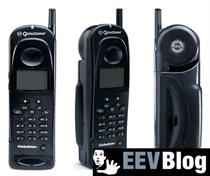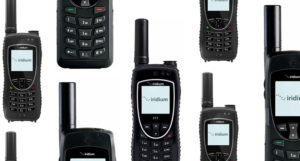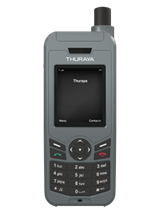Communication is key to success – a famous quote to which a lot can agree on. Communication is undoubtedly one of the most essential things people need in order to be successful in the different aspects of life. Whether it be business, adventure or life in general.
In today’s ever changing world, it is best to be well-equipped no matter what the circumstances may be. The modern society has redefined adventure into something that involves more risks and people continue to bring it to even greater heights. With the world being unpredictable, it is always a good idea to always be prepared.
Modern technology has taught us to rely on our cellular phones, landline phones and the internet. But imagine a time when local communication systems get compromised due to natural disasters or an emergency occurred somewhere without a phone coverage. This can happen anytime, anywhere and it can quickly turn from bad to worse. But with the right preparation and a satellite phone, which bypasses the local systems, these circumstances will be easier to handle.
What is a Satellite Phone?
A satellite phone or satphone rely on a constellation of satellites that are either Geostationary (fixed position in the sky about 22,236 miles) or Low Earth Orbit/LEO (moves with respect to the ground about 400-700 miles). Contrary to the local cellular phones, satphones do not rely on terrestrial cell sites so it rarely gets affected by natural disasters on Earth. The advantage of a satphone is that it can be used in most or all geographic locations but the coverage also depends on the network being used. It indeed is a handy tool especially in emergency situations.
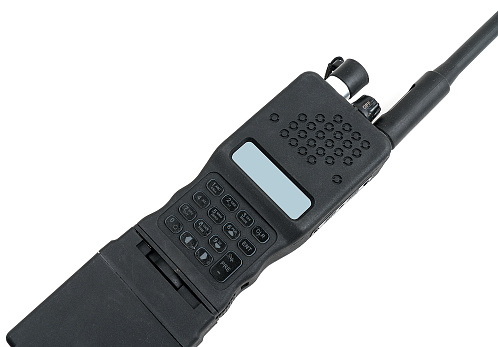
Early satphone designs were similar to the local phones available at the time although larger and bulkier. Today, these devices weigh a few ounces and are almost the same size as the modern cell phone but with a notable difference which is its antenna.
Who uses Satellite Phones?
You may have never heard of satellite phones before but these items already have traditional buyers, namely:
Emergency & First Responders
Emergencies can happen anywhere and it is possible to lose local network coverage on a case to case basis
Disaster Relief Personnel
During disasters, local communications system can be compromised and the easiest way to communicate is through satellite phones.
Search & Rescue or Search & Retrieval Team
Teams can be deployed in isolated areas where network coverage may be limited or non-existent.
Military Personnel (Marine, Navy & Aviation Forces)
During operations, cell towers are less likely available and satellite phones are the best alternative
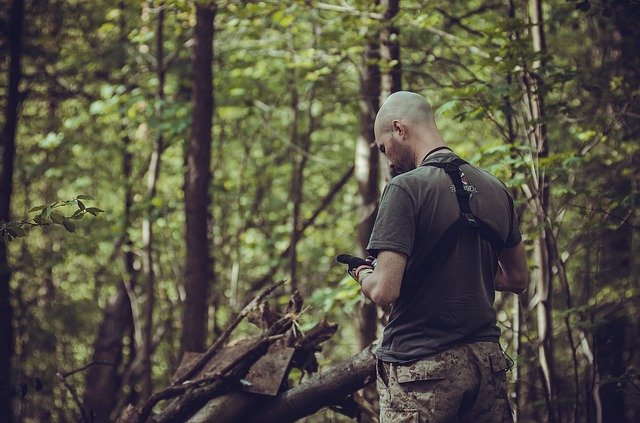
Oil, Gas, Mining & Energy Sites
Most sites are located nowhere near cellular towers which is why it is necessary for these businesses to have satphones
Off-road adventurers
Hikers, campers, adventurers, are more likely to explore rural places where network connectivity is unavailable. Satphones come in handy especially in emergency situations.
Maritime
Sea journeys can take long periods of time and the further the vessel is from the land, the less cell coverage it has. Satphones address this problem
How do Satphones work?
The most important thing to understand and remember is that satphones are not cell phones, so in terms of functionality, it is nowhere near a cellular phone. Network designs are entirely different between the two. While satellite phones work just about anywhere around the globe, there are still limitations.
Satphones won’t work inside buildings or if any kind of infrastructure or land mass block them from the horizon. It is also important to consider the network to be used as satellite placements vary from other networks. Below are some of the details of how the device works:
Text & Email
Text messaging and sending & receiving emails are supported
Audio Quality
Not as good as the cellular phone quality as there may be delays between speakers referred to as latency.
Antennas
Unlike regular cellular phones, antennas are external which needs to be extended in order to function well and to be able to send and receive calls or texts. So if the device is tucked in a pocket or a backpack, it is highly unlikely to receive any texts, calls or emails
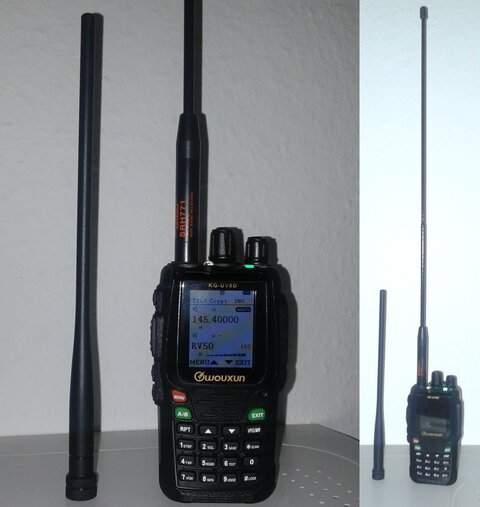
Rates
- Most satellite phone networks have pre-paid plans ranging from $100 to $5,000
- Calls from a satellite phone can cost up to $2 per minute
- Calls from landline and mobile phones range around $3-$14 per minute but varies across different networks
- Calls between satellite phones can cost up to $15 per minute
International Phone Numbers
- Satellite phones have special international numbers although some have U.S. and Canadian numbers assigned
- In order to call from a satellite phone, a certain pattern should be followed in order for it to go through successfully:
- In order to call to a satellite phone, a certain pattern is also needed:
So it is important to remember the pattern, or much better to save the important contact numbers using the above pattern immediately.
Do note that calls to satellite phones are very expensive and can cost up to ten dollars or more for just a minute. It is also important to remember that in order to receive calls on the satellite phone, the chosen carrier should have a Direct Inward Dial.
The Big Names in the Satellite Phone Industry
There are basically four big names in the satellite phone industry available. These are Iridium, Inmarsat, Thuraya and Globalstar.
Here are some of the features of each of the brands available in the market:
Iridium

Iridium claims to have global coverage including north and south poles. This is its major advantage amongst the competitors. It can also work even with canyons or mountains in the vicinity as satellites fly overhead at intervals so at some point, connection will be available. However, Iridium is the more expensive variant among the other networks.
Inmarsat
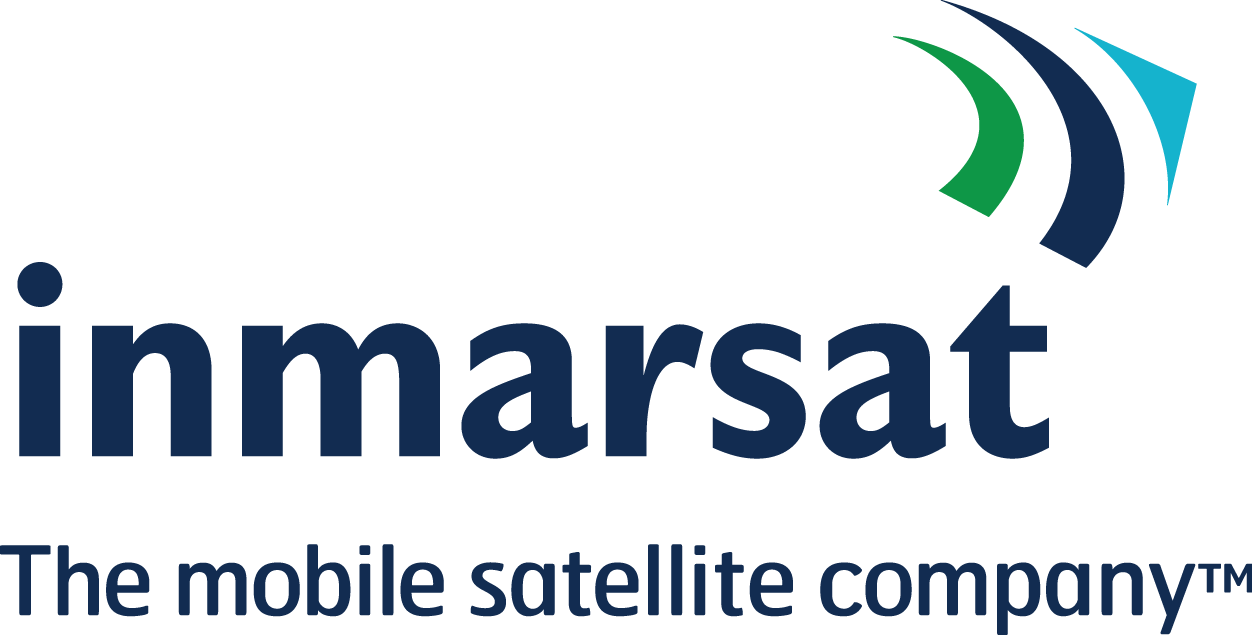
Inmarsat relies on geostationary orbit satellites that are strategically placed above the equator. The advantage of the network is that once a connection is established, it is already stable. It is a less expensive alternative. Although it offers near-global coverage, Inmarsat does not include coverage around the north and south poles.
Thuraya

Thuraya now covers around 161 countries with its two geosynchronous satellites with even stronger GSM coverage connected to 365 GSM networks. Thuraya’s satellite phones are capable of internet connectivity which are about 60kbit/s downlink and 15kbit/s uplink. This is their advantage among the other providers. However, due to the geosynchronous setup, there may be delays in voice communications.
Globalstar

Globalstar depends on a constellation of 48 LEO satellites which is not bad. It also uses a U.S. based phone number without an additional fee. Fast data speeds for quick transmission of texts and coordinates, and voice quality is comparable to that of Iridium as its satellites are located just around 700 miles from Earth.
However, before considering to buy this model, it is important to know its coverage. There is limited coverage, so if you want to venture to places like Asia, Africa or anywhere in Central and South America, it would be better to opt for the other models.
Going Mainstream
Satellite phones may be unpopular, but these are now becoming mainstream. Satphones have done so much good in our society by saving lives, providing communication in the midst of natural disasters, and by making communication possible when local communication systems are down.
There are multiple reasons where a cellular network can malfunction, and if that happens, the need to communicate to emergency services, family, friends or even businesses will drastically increase. But with satellite phones on hand, it would definitely make these situations easier to handle. It’s going to be worth the investment.
You might also wanna check 4 Best Satellite Phone Models for 2020.
